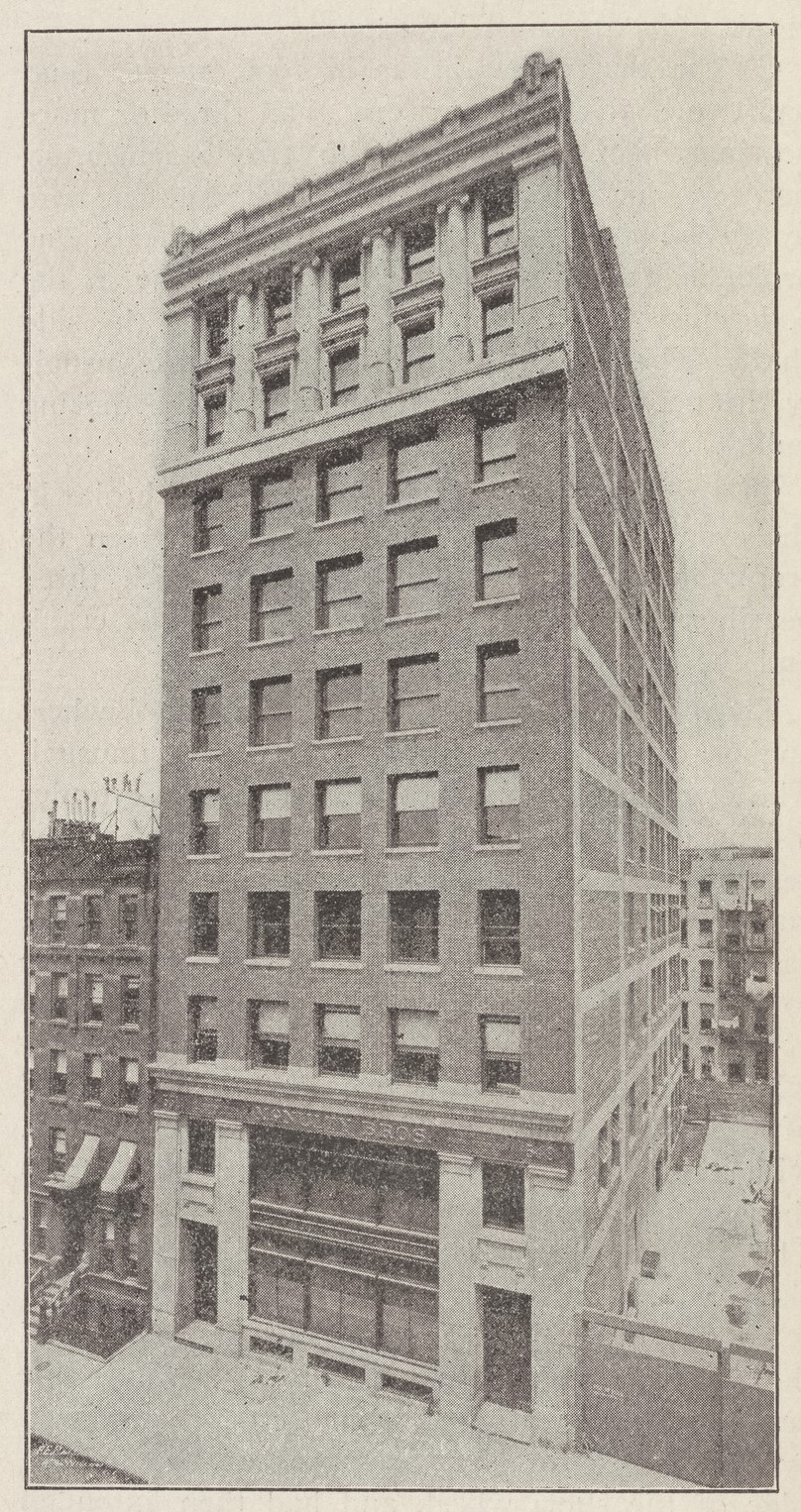Joseph Beckmann, our intrepid summer law clerk, had a question, “Why are some buildings ADA compliant and others not?” And so a research project and blog post came to be! Enjoy the fruits of his labor.
When businesses look to move into a space or look to construct a new building , one of the most important considerations to make is compliance with the Americans with Disabilities Act (ADA) Standards for Accessible Design. These standards establish a set of requirements for the design, construction, and alteration of facilities to ensure access for people with disabilities. They are enforceable by law and apply to places of public accommodation, businesses, and state and local government buildings. However, I sometimes walk into a building that doesn’t seem to adhere to these rules.
Why?
The short answer is that at least some of these buildings are protected under exceptions to this rule, especially if it is clearly an older building. Let’s dive into this a little deeper:
Wisconsin Statute §101.13 defines the requirements that public buildings and places of employment must follow regarding accessibility for the disabled. In general, any place of employment or public building that began construction after July 1, 1970, but prior to May 27, 1976, must be designed and constructed to provide access to people with physical disabilities. Buildings constructed after 1976 must all meet the accessibility standards outlined in the ADA. This access is at least one street-level entrance and exit without steps, such as a ramp or elevator and a door that accommodates a wheelchair. If the building doesn’t have this type of access at its main entrance, there must be a sign indicating where such wheelchair access can be found to enter the building. The owner of any building who fails to meet these requirements may be required to reconstruct the entrance and exit and pay penalties if they are brought into a lawsuit.
For all intents and purposes, if the building was constructed before the ADA became law, the owner of the building is not required to be accessible if doing so isn’t “readily achievable” or causes an “undue hardship.” In other words, a business isn’t required to make an accommodation if it is too difficult or too expensive. Determining that such accommodation is too difficult or expensive occurs on a case-by-case basis and is not easily decided.
Beyond the above-mentioned cost, feasibility, and date standards that are exceptions to the ADA, if the building qualifies as historic, the owner is not subject to these requirements. A qualified historic building, as defined under Wisconsin Statute §101.121 (2)(c), means a building or structure that has significance in history, architecture, or culture local, state, or national community and that is listed on or has been nominated to the local, district, state, or national, register of historic places such as the State Capitol, the Orpheum Theater, and the Cardinal Hotel. Such buildings follow a separate building code that prioritizes preservation, restoration, and conservation of the building given its historic significance.
Now what?
Accessibility is an important consideration for every businessperson. However, when a business is looking to establish themselves in a new location or plan a move into a historic building, it is not always easy to adhere to the laws surrounding accessibility. Therefore, it is important to determine if your clientele will benefit from the accessibility required by the ADA. If so, the charm of old brick and narrow stairs may not be for you.

